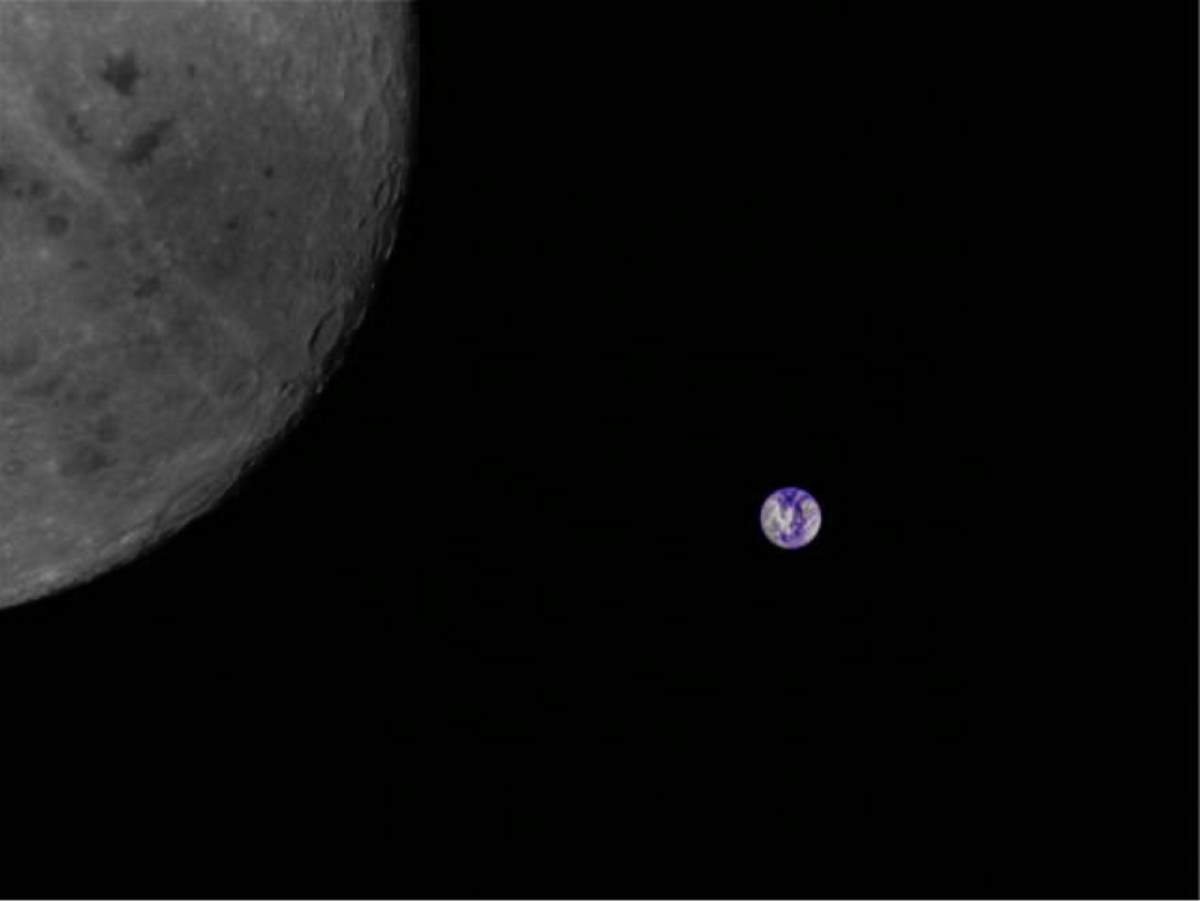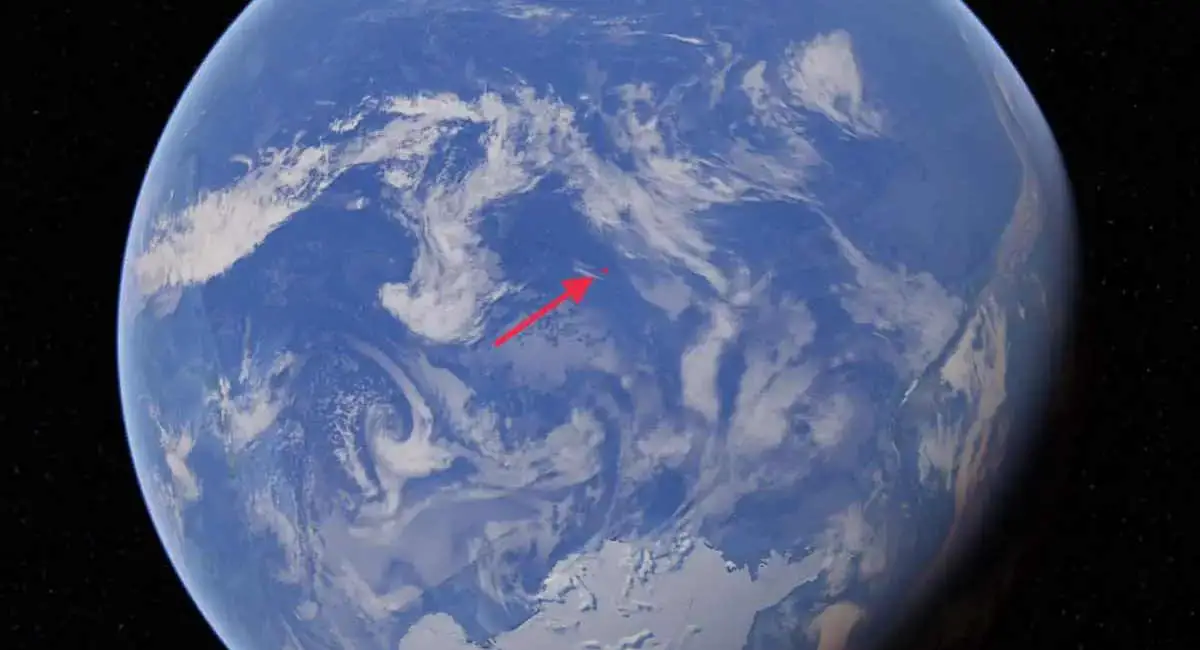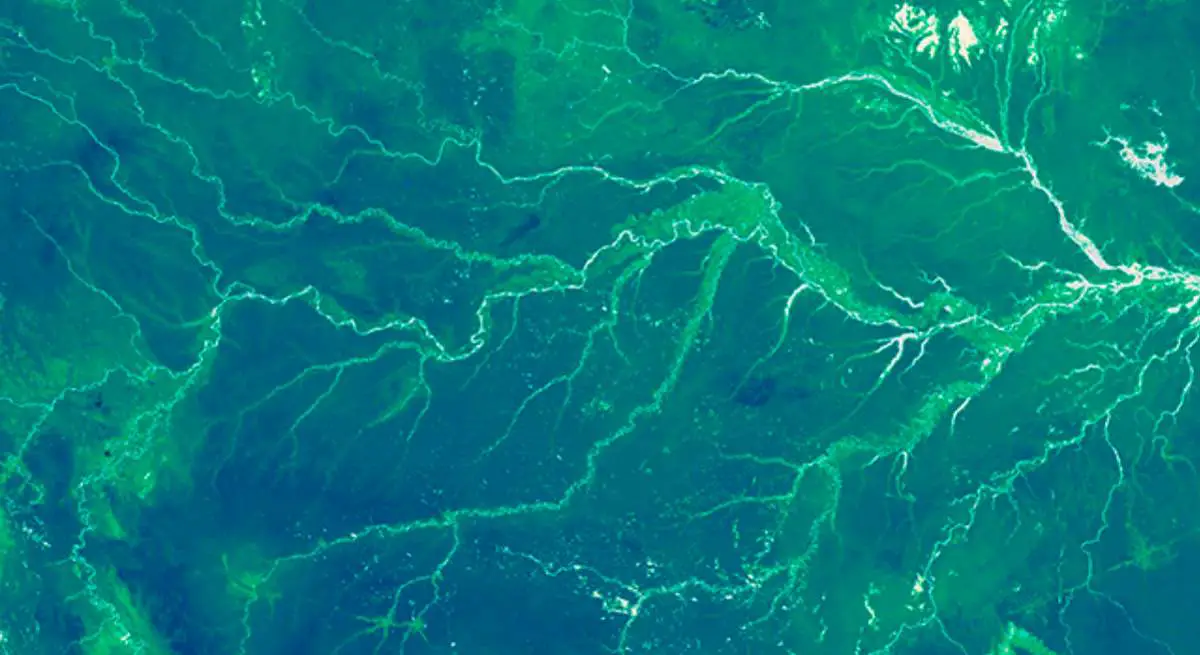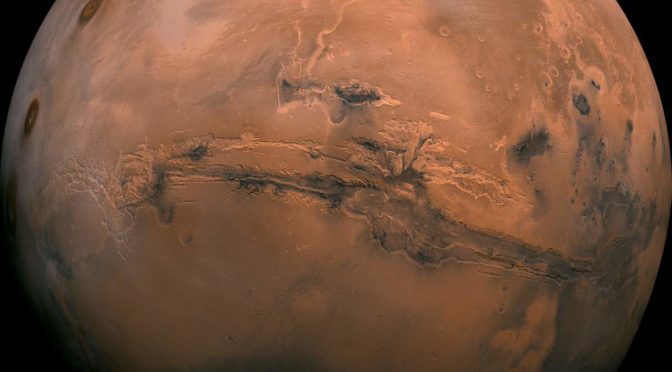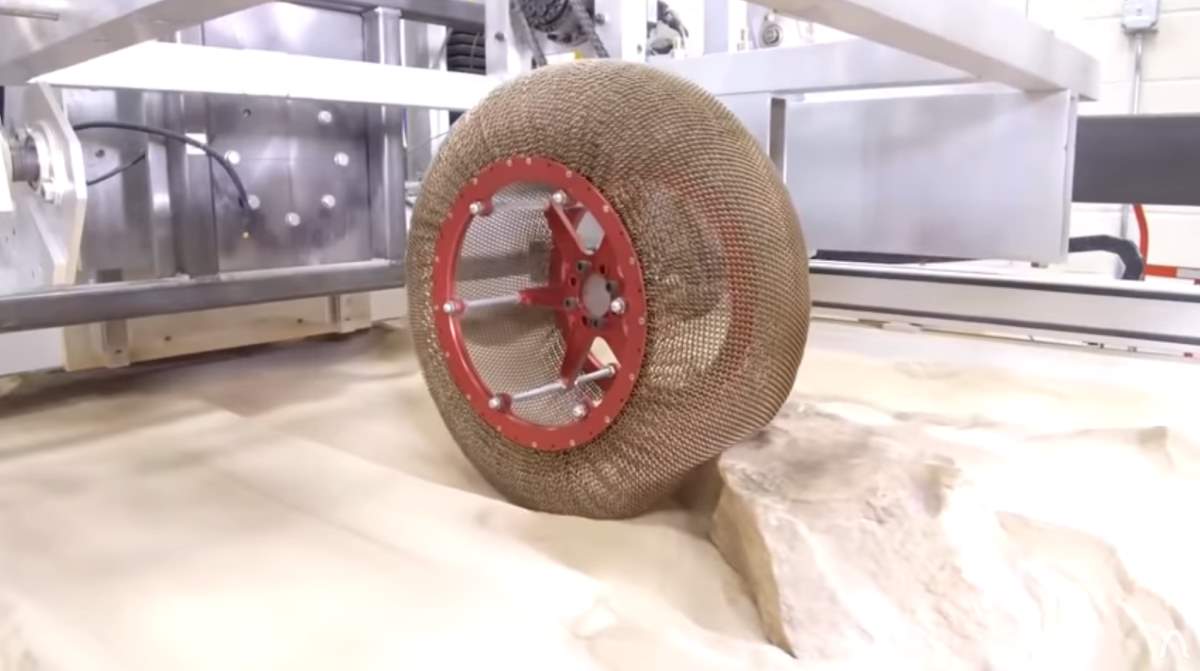Amateur astronomers in the Netherlands took an amazing Moon-Earth photo using a Chinese satellite. On May 20, 2018, China launched Queqiao lunar communications relay satellite, a key component of the upcoming Chang’e 4 lunar landing mission. During its journey to the Moon (actually Earth-Moon L2 point (see notes 1), it dropped off a pair of student-made small …
Continue reading “Amazing Moon-Earth Photo by the Amateurs using a Chinese Satellite”
